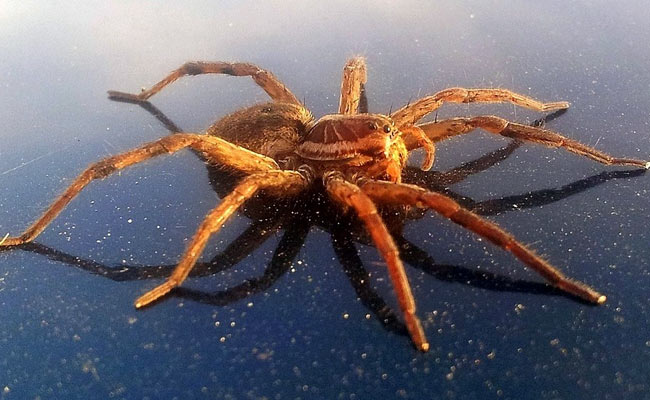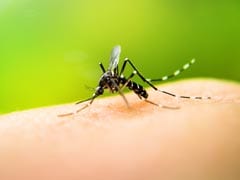Who knew spider web properties can control type-1 diabetes?

Scientists are working on a novel removable implant to control type-1 diabetes.
HIGHLIGHTS
- Insulin producing cells can be used as an alternative to insulin therapy
- These can be coated in tiny hyrdogel capsules
- Once the cells die, they need to be removed as they can form tumors
While there is no cure, a research team led by Cornell University in the US has devised an ingenious method for implanting hundreds of thousands of islet cells into a patient. They are protected by a thin hydrogel coating and, more importantly, the coated cells are attached to a polymer thread and can be removed or replaced easily when they have outlived their usefulness.
Transplantation of stem cell-derived, insulin-producing islet cells is an alternative to insulin therapy, but that requires long-term immunosuppressive drug administration. One well-researched approach to avoid the immune system's response is to coat and protect the cells in tiny hydrogel capsules, hundreds of microns in diameter. However, these capsules cannot be taken out of the body easily, since they are not connected to each other, and there are hundreds of thousands of them. The ability to remove the transplant is the key because of its potential to form tumours, researchers said. "When they fail or die, they need to come out. You do not want to put something in the body that you cannot take out. With our method, that is not a problem," said Minglin Ma, assistant professor at Cornell University.
Taking inspiration from the way water beads on a spider's web, Ma and his team first attempted to connect the islet cell-containing capsules through a string but realised that it would be better to put the hydrogel layer uniformly around a string instead. That string is an ionised calcium-releasing, nanoporous polymer thread, the researchers said. This thread - which the group has dubbed Thread-Reinforced Alginate Fiber For Islets enCapsulation (TRAFFIC) - was inspired by a spider's web but, according to Ma, is even better because the hydrogel covers the thread uniformly.
"You do not have any gaps between capsules. With a spider's silk, you still have gaps between the water beads. In our case, gaps would be bad in terms of scar tissue and the like," he said. This therapy would involve minimally invasive laparoscopic surgery to implant about six feet of hydrogel-coated thread into the patient's peritoneal cavity.
(This story has not been edited by NDTV staff and is auto-generated from a syndicated feed.)
DoctorNDTV is the one stop site for all your health needs providing the most credible health information, health news and tips with expert advice on healthy living, diet plans, informative videos etc. You can get the most relevant and accurate info you need about health problems like diabetes, cancer, pregnancy, HIV and AIDS, weight loss and many other lifestyle diseases. We have a panel of over 350 experts who help us develop content by giving their valuable inputs and bringing to us the latest in the world of healthcare.














